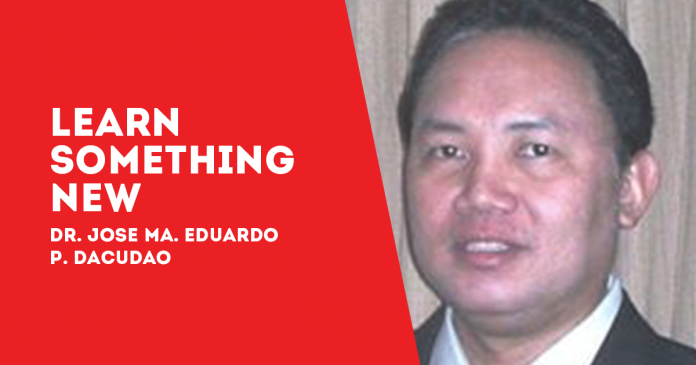
BY DR. JOSE PALU-AY DACUDAO
EARLIER, on November 5, 1898, the victorious Negros Visayans, after a series of military victories in both Negros Occidental and Negros Oriental provinces, proclaimed Independence in Bago Plaza.
Next day, on November 6, 1898, Don Diego de los Rios, the last Governor-General of Spain in the Philippines formally signed a document of surrender to the Independent Cantonal Republic of Negros revolutionary leaders (General Aniceto Lacson – President, and General Juan Araneta – Secretary of War) in Bacolod. Negrosanons honor this event as ‘Sinco de Noviembre’.
Note that our patriotic forebears understood the implications of Federalism and openly advocated it in the society that they were planning to build. The use of the words “federal” and “canton’” indicated that they at least partially desired a Swiss-type of Federalism or Confederalism in which the local government units are called cantons.
How is it that the two Visayan revolutionary movements were able to force the surrender of the Spanish authorities?
In my opinion, there were probably two main factors.
One, the Visayans cooperated with each other respectfully and peacefully. When the Negrosanons told the Panayanons that they would rather conduct themselves autonomously, the Panayanons had no problem letting the Negrosanons be. That is why there were two significant revolutionary movements in the Visayas, not one (albeit both aspired for Federalism).
When it was apparent that Captain Delgado was the most qualified in leading the Federal Republic of the Visayas army, the other Visayan leaders simply cooperated in appointing him as the commanding General of the troops. Likewise, the Negrosanons had no trouble being led by the competent Generals Lacson and Araneta.
Two, the accounts as narrated above of Spanish-led local troops regularly defecting to the Visayan side (Captain Delgado himself and his original troops could be regarded as defectors) indicate that almost all Visayan servicemen defected, leaving the Spanish officers few or no subordinates to command.
Consequently, the Spanish authorities were severely undermanned. And they had to face not a rabble of untrained recruits, but professional Visayan soldiers who had defected from Spanish garrisons and the Guardia Civil.
Ironically, General del Rios had to bring soldiers from Luzon (ironically and most likely Tagalogs that stayed loyal to Spain) in order to fight the Visayans.
This begs the question. How did it happen that Aguinaldo’s army never was able to force the Spanish to surrender?
The most probable main reason is that there occurred a severe internal factionalism among the Tagalogs. (To be continued)/PN



